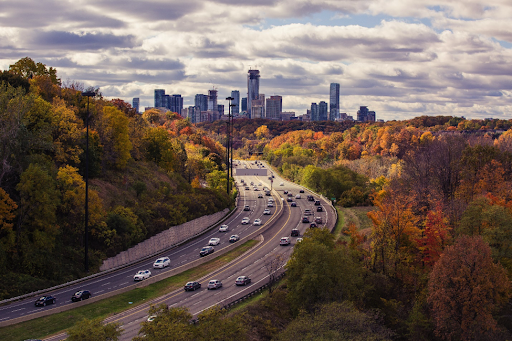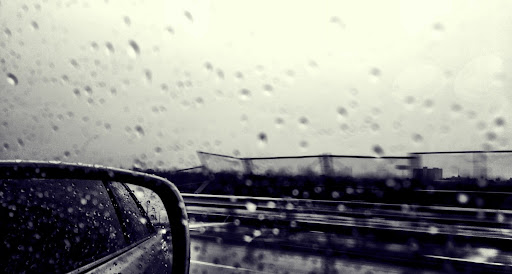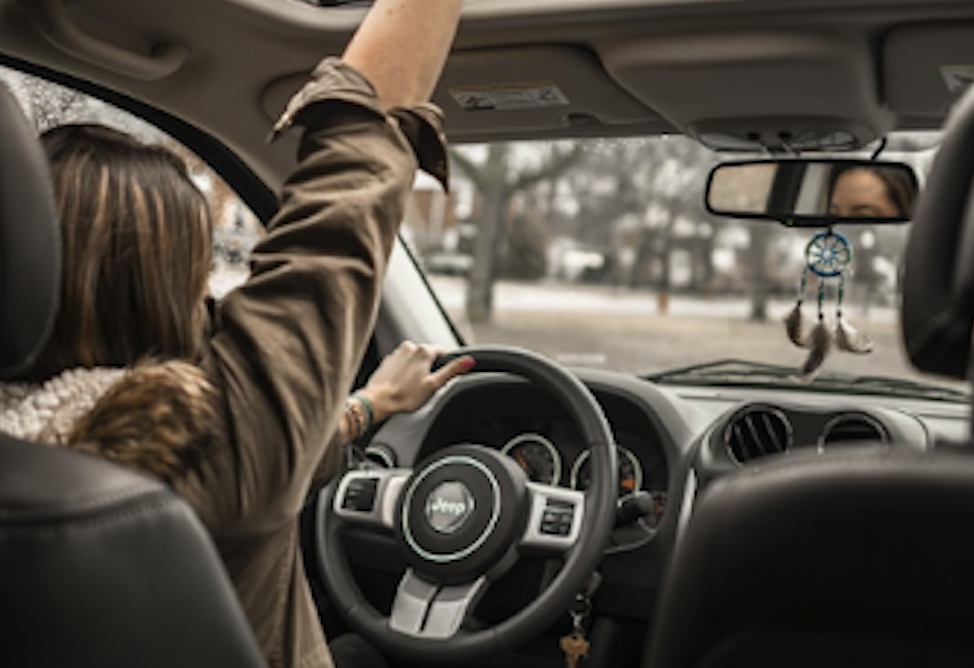The Essential Guide on Driving in the Fall: Stats and Safety Tips To Keep You Covered

Thursday, September 22 marked the first day of fall. The returning bounty of colour in the trees indeed create picturesque scenery. But the beauty of this season should not mask the increased risk it brings for a mess of accidents on the road.
Key Statistics
In general, the car accident rate is on the rise in Canada. The Allstate Canada Safe Driving Study released last year found that in 2014-2015, there were 7.3% more reported collisions on Canadian roadways in comparison to 2013.
The study’s findings also showed that cities in Ontario did not rank particularly well. Toronto took the 69th spot among Canadian cities, averaging about 6 accidents per 100 cars. Nearby suburbs North York and Ajax both had even worse averages of about 7 accidents per 100 cars. In fact, Ajax tied with Halifax for getting the worst mark in the country.
The fall season, in particular, sees a spike in vehicular accidents involving pedestrians. According to U.S. research, when daylight saving finally ends in November, the number of pedestrians killed by vehicles is greatly affected. In the first few weeks after the clocks fall back an hour, it becomes three times more likely for people walking during rush hour to be fatally struck by a car. Researchers suggest this is caused by drivers switching gears from the summer and still getting used to autumn’s light conditions.
Sixteen pedestrians were killed on Toronto roads this 2016 as of June. This is more than half of the city’s yearly average of 27 pedestrian deaths. City statistics have also found that 2,142 pedestrian collisions and 1,235 cyclist collisions occur in Toronto each year. Therefore, drivers must take extra precaution to prevent accident numbers from increasing any further.
As we welcome this change in seasons, some adjustments in our driving practices and routines are called for.
7 Changes in Weather to Be Mindful Of
Fallen leaves: The trees’ fallen leaves pose more than just a threat to the backs and arms of people stuck with raking duty. For one thing, when leaves end up on roads, they can cover important painted road markings. Also, wet or frozen leaves greatly reduce traction and create slippery dangerous conditions for drivers. Piles of dry leaves can also potentially be ignited by hot vehicles, so avoid parking your car near them.
Frost and black ice: These are common conditions that accompany the new season, usually popping up on the road late at night and early in the morning. Like wet leaves, frost and black ice make roads slippery so exercise caution when driving over them, especially on overpasses and bridges. Frost also starts to appear on your car windows, which can reduce visibility. Therefore, make sure you always bring a scraper with you to clear frost off the windows when needed.
Fog: Fog becomes more frequent in the fall, reducing visibility on the roads, especially in valleys and low areas. Using your low beam lights will make driving through it easier.
Rain: Fall storms can cause flooding and hydroplaning on roadways. Slow down when there’s excess water on the road because reduced traction can cause your car to speed out of control.
Early morning dew: Similar to rain, dew also creates slick road conditions.
Reduced visibility: As we close in on winter, the days get shorter meaning there are fewer hours of daylight. As a result, visibility on the road decreases. Therefore, take extra caution to ensure you can see pedestrians, cyclists and other occupants of the road.
Sun glare: When the season changes, the position of the sun and amount of glare generated also changes. Sun glare can pose a hazard to drivers by reducing visibility on the road. So make sure to keep a good pair of sunglasses in your car to protect your eyes and ensure clear vision.
5 Vehicle check-ups for this Fall
Fluids: A fluid check is especially important as the weather gets harsher. Make sure your car has clean oil to ensure smooth starting and driving. Checking your brake fluid to see if it’s full is also necessary because low brake fluid reduces brake pressure. In addition, top up your windshield washer fluid so that it’s rated to at least -40 degrees to avoid freezing.
Tires and brakes: The change in temperature that fall brings causes tires to contract and expand, reducing their pressure. Make sure your tires, as well as your brakes, are functioning properly. It may be a good idea to install winter tires as early as now, as they are better suited for the lower temperatures.
Battery and ignition system: Weak batteries tend to give up in lower temperatures. Get your battery and ignition system tested to make sure they won’t leave you stranded on the road in this cool fall weather.
Lights: Check your car’s headlights, high and low beam lights, hazard lights, and brake lights. A working light system is crucial in dealing with the reduced hours of daylight and gloomy weather.
Wipers: Ensure you have a good set of wipers to alleviate the reduced visibility during the fall and prevent rain, fog, and frost from obstructing your vision.
But the most important tip to remember, not only during autumn but all seasons, is to stay alert! Be aware of your surroundings on the road to avoid accidents and know how to act accordingly in any situation. If you have been injured in a car accident, contact us today to learn about how we can help you receive the fair compensation you deserve.













